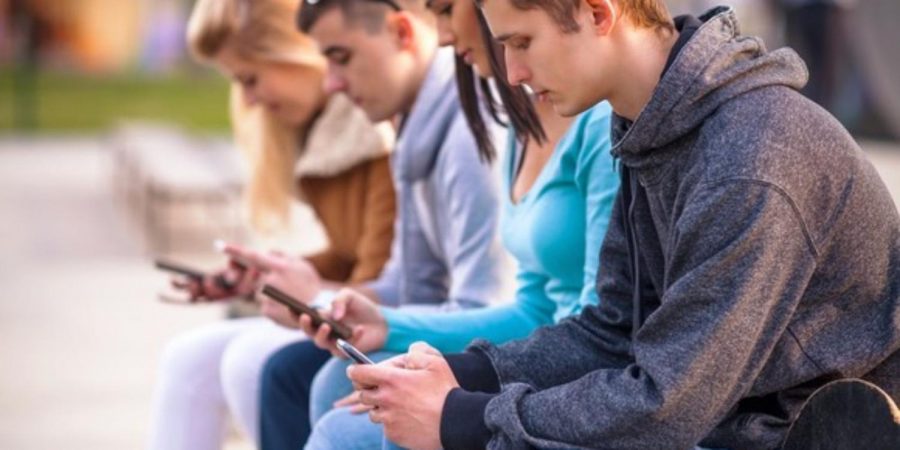‘The Jetsons’ Succeeded With Technology, Why Can’t We?
Teachers need to accept cell phones in the classroom.
November 6, 2018
In 1962, the Hanna-Barbera hit television show “The Jetsons,” the first color television show on ABC, depicted the futuristic world of 2062. In this instance, technology was a useful tool in every aspect, yet teachers today are contesting the use of mobile devices in the classroom.
Teachers expect today’s college students to behave like traditional students. However, this year, according to the Pew Research Center, 95 percent of college students own a cell phone compared to the 77 percent in 2011, which no longer builds a traditional college student or experience.
College students today are hyperactive and over-scheduled in order to complete so much in such little time.
“They are always on. They prefer to be busy all the time, and multitask in ways I could not imagine,” Judith H. Kidd, former associate Harvard Dean of Student Life and Activities, said.
Top Hat, a maker of a classroom engagement platform, polled 520 college students and conducted by the independent research firm Survata regarding digital devices and its effects on learning. The survey resulted in 94 percent of students stating they wanted to use their cell phones in class for academic purposes.
Just like the Jetson family, technology surrounds students. Instead of banning their use in the classroom, teachers should utilize them to provide a more engaging learning environment. The use of cellphones enables students to bring their textbooks and notes to class in convenient and more efficient ways. Mobile devices create easier platforms to type and organize notes, with accessibility anywhere and anytime.
Teachers and institutions are exploring more technological avenues with online classes, hybrid courses, PowerPoints, Blackboard sites and online tests, but are rejecting the use of devices to access these resources.
Institutions are selling eBook versions of textbooks at significantly lower prices than print textbooks, and with college tuition costs rising, many students are taking that route. By restricting cell phone use in class, teachers risk losing student engagement.
In the Pearson study, 83 percent of students said they bought online textbooks instead of printed in 2015. Smartphones are used for college work by 64 percent of students and 87 percent use laptops for college work, showing significant increase year to year.
An overwhelming 83 percent of college students believe using mobile devices, tablets and laptops will “transform the way college students learn in the future,” according to the Pearson survey.
Vincent Cho and Joshua Littenberg-Tobias at Boston College in Massachusetts conducted a survey of teachers who encourage their students to use mobile devices. The study indicated that 75 percent of their students believed using their devices increased their ability to learn and retain information.
“If we have these devices, we can do a lot of things around student interests and projects,” Cho said.
George Jetson used his tablet to keep him informed on the daily news. His daughter Judy and son Elroy used technology for school work. Students are already using their phones in class; banning them will only decrease attention in class as students will be focused on the best method to hide cellphone use in class, even if that means extended trips to the bathroom.






